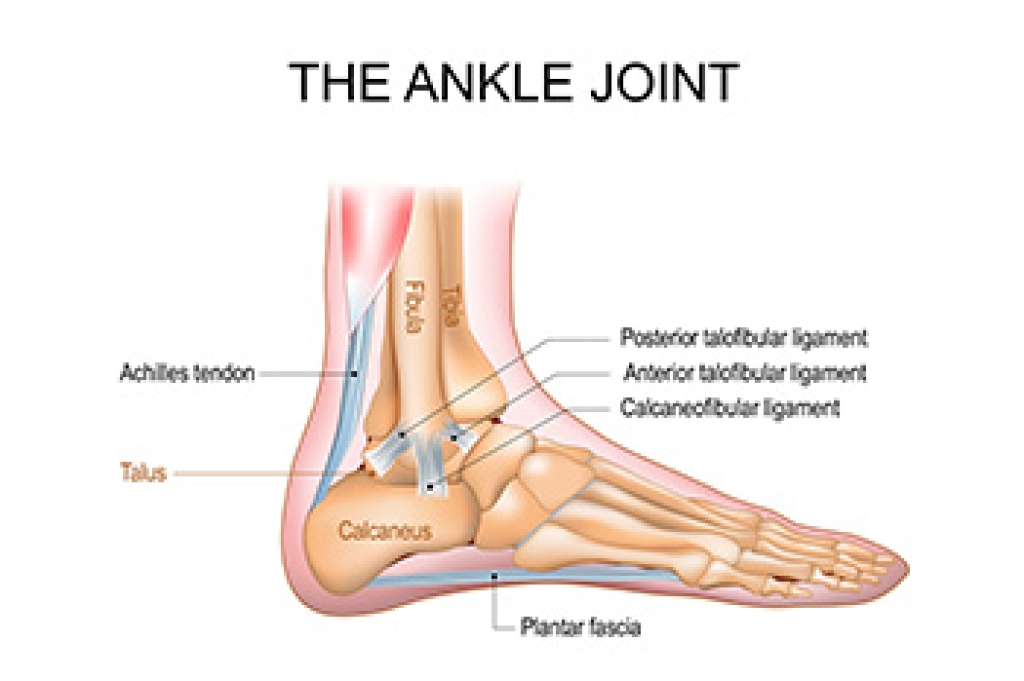
The foot and ankle form a complex structure designed for stability, mobility, and weight-bearing. The talocrural joint, commonly known as the ankle joint, connects the tibia, fibula, and talus. It allows for up and down movement of the foot, essential for walking and running. Beneath it lies the subtalar joint, which connects the talus and calcaneus bones and enables side-to-side motion, helping the foot adapt to uneven surfaces. The midtarsal joint, also called the transverse tarsal joint, includes the talonavicular and calcaneocuboid joints. This joint helps with rotational movement and flexibility. Together, these joints allow the foot and ankle to support body weight, absorb shock, and provide the motion needed for movement, balance, and overall function during daily activities. If you have injured your foot or ankle, it is suggested that you consult a podiatrist who can treat various foot conditions.
If you have any concerns about your feet, contact one of our podiatrists from Houston Foot and Ankle. Our doctors can provide the care you need to keep you pain-free and on your feet.
Biomechanics in Podiatry
Podiatric biomechanics is a particular sector of specialty podiatry with licensed practitioners who are trained to diagnose and treat conditions affecting the foot, ankle and lower leg. Biomechanics deals with the forces that act against the body, causing an interference with the biological structures. It focuses on the movement of the ankle, the foot and the forces that interact with them.
A History of Biomechanics
- Biomechanics dates back to the BC era in Egypt where evidence of professional foot care has been recorded.
- In 1974, biomechanics gained a higher profile from the studies of Merton Root, who claimed that by changing or controlling the forces between the ankle and the foot, corrections or conditions could be implemented to gain strength and coordination in the area.
Modern technological improvements are based on past theories and therapeutic processes that provide a better understanding of podiatric concepts for biomechanics. Computers can provide accurate information about the forces and patterns of the feet and lower legs.
Understanding biomechanics of the feet can help improve and eliminate pain, stopping further stress to the foot.
If you have any questions please feel free to contact our offices located in Kingwood, Humble, The Woodlands, and Conroe, TX . We offer the newest diagnostic and treatment technologies for all your foot and ankle needs.
